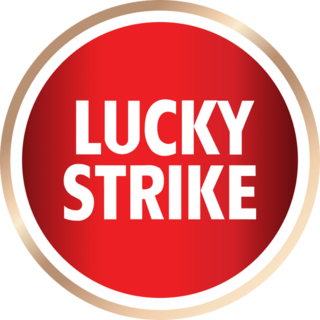
Lucky Strike is an American brand of cigarettes owned by the British American Tobacco group. Individual cigarettes of the brand are often referred to colloquially as "Luckies."
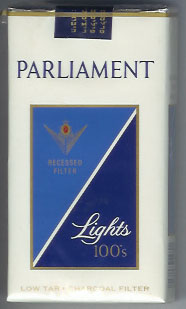
Parliament is an American brand of cigarettes, currently owned and manufactured by Philip Morris USA in the United States and Philip Morris International outside of the United States.

Pall Mall is a British brand of cigarettes produced by British American Tobacco.
West is a German brand of cigarettes, currently owned and manufactured by Imperial Brands.
Richmond is a British brand of cigarettes, currently owned and manufactured by Imperial Tobacco.

Lambert & Butler is a former English tobacco manufacturing company, established in 1834 in Clerkenwell, Central London, that operated as a private business until 1901 when it merged with other UK manufacturers to form the Imperial Tobacco Company. Apart from tobacco products L&B also released several cigarette card sets from the 1910s to the 1930s. They consisted of various topics including motor cars, locomotives, horsemanship, aviation, and association football.

Cohiba is a Cuban brand of cigarettes created by Habanos S.A. They are currently manufactured by the Franco-Spanish company Altadis, a subsidiary of Imperial Brands. Since 2003, "Brascuba Cigarrillos" has produced the brand in Latin America, the Caribbean, and Russia.

Haus Bergmann is a German brand of cigarettes, currently owned and manufactured by British American Tobacco. The name HB is derived from the name of the Dresdner cigarette factory Haus Bergmann, which was acquired by BAT in 1932.

f6 is a German cigarette brand owned by Philip Morris International and produced by the f6 Cigarettenfabrik Dresden GmbH.

Muratti is a brand of cigarettes, currently owned and manufactured by Philip Morris International. Several Muratti variants have been introduced over the years and were also sold as Ambassador, Ariston, Cabinet, Gentry, Iplic, Peer and Regent.
Cabinet is a German brand of cigarettes, currently owned and manufactured by Reemtsma, a subsidiary of Imperial Brands. It is mainly sold and found in the New states of Germany.

Caballero is a Dutch brand of unfiltered cigarettes owned and manufactured by British American Tobacco. Caballero is the Spanish word for knight.

Juno was a German brand of cigarettes, owned and manufactured by Reemtsma, a subsidiary of Imperial Tobacco. The brand was discontinued in 2016.

Juwel was an East German brand of cigarettes owned by Altria and manufactured by Philip Morris International.

Karo is a German brand of filterless cigarettes, currently owned and manufactured by Altria. Karo is the german word for "diamond".
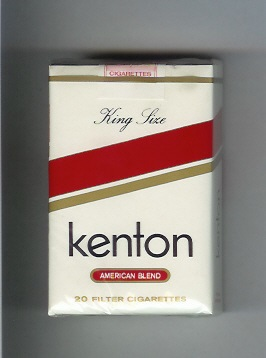
Kenton was a German brand of cigarettes, manufactured in East Germany.
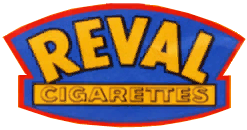
Reval is a German brand of cigarettes, currently owned and manufactured by Reemtsma, subsidiary of Imperial Tobacco.
Roth-Händle is a former tobacco manufacturing company based in Lahr, Germany. The brand is now managed by Reemtsma, a subsidiary of Imperial Tobacco since 2002.
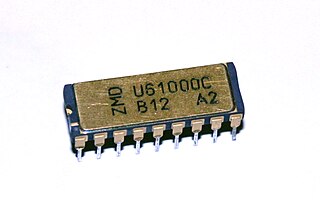
East Germany was one of the leading computer producers in the Eastern Bloc as purchases of higher technologies from the West were under various embargoes. A program of illegal purchases, copying and reverse engineering of Western examples was established, after which GDR sold these computers to COMECON countries. Under the rule of Erich Honecker, electronics, microelectronics and data processing industries grew at average 11.4% in the 1970s and 12.9% during the 1980s.
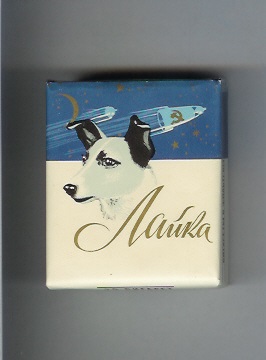
Laika was a Soviet brand of cigarettes, which was manufactured by various Soviet tobacco companies, but most notably the "Tabachnaya Fabrika Dukat Moscow" and the "Tabachnaya Fabrika No.1 Leningrad". The brand was named after the dog Laika, the first animal launched into space by the USSR, 3 November, 1957.















